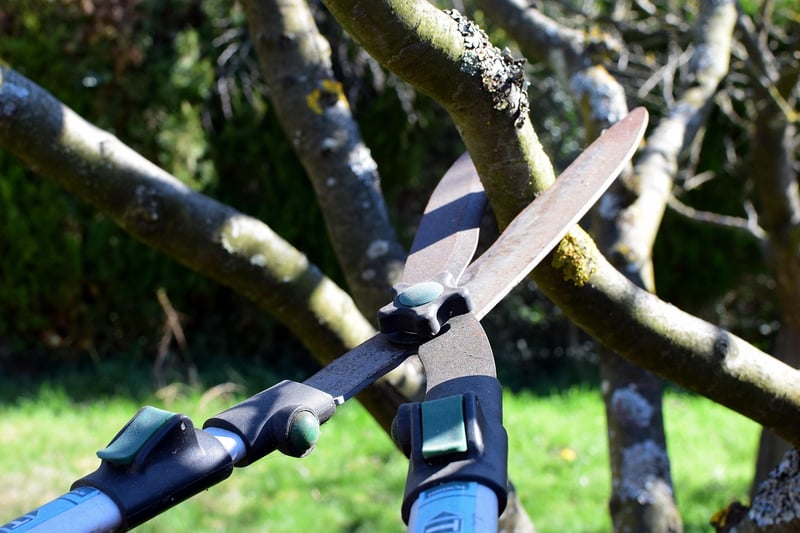Pruning Techniques
Keep Your Garden Thriving with Proper Pruning Techniques
Having a beautiful and healthy garden requires more than just watering and fertilizing. One essential practice that often gets overlooked is pruning. Pruning is the process of selectively removing certain parts of a plant to promote healthier growth. By learning the right pruning techniques, you can help your garden flourish and thrive.
Why Pruning is Important
Pruning serves several important purposes in gardening:
- Promotes plant growth by removing dead or overgrown branches
- Improves air circulation and sunlight penetration, leading to healthier plants
- Shapes plants for better aesthetics and structure
- Prevents diseases by removing infected or damaged parts
Basic Pruning Techniques
Here are some basic pruning techniques to help you maintain a vibrant garden:
- Deadheading: Remove spent flowers to encourage new blooms.
- Thinning: Remove excess branches to improve air circulation.
- Heading back: Cut back the tips of branches to promote bushier growth.
- Rejuvenation pruning: Cut back old, overgrown shrubs to stimulate new growth.
Tools for Pruning
Having the right tools is essential for effective pruning. Some common pruning tools include:
- Hand pruners
- Lopping shears
- Pruning saw
- Hedge shears
Pruning Tips
Here are some tips to keep in mind when pruning your garden:
- Prune during the plant's dormant season for most species.
- Use sharp and clean tools to make precise cuts.
- Remove dead, diseased, or crossing branches first.
- Step back regularly to assess the plant's shape as you prune.

By incorporating proper pruning techniques into your gardening routine, you can ensure that your plants stay healthy, vibrant, and visually appealing. Happy pruning!
